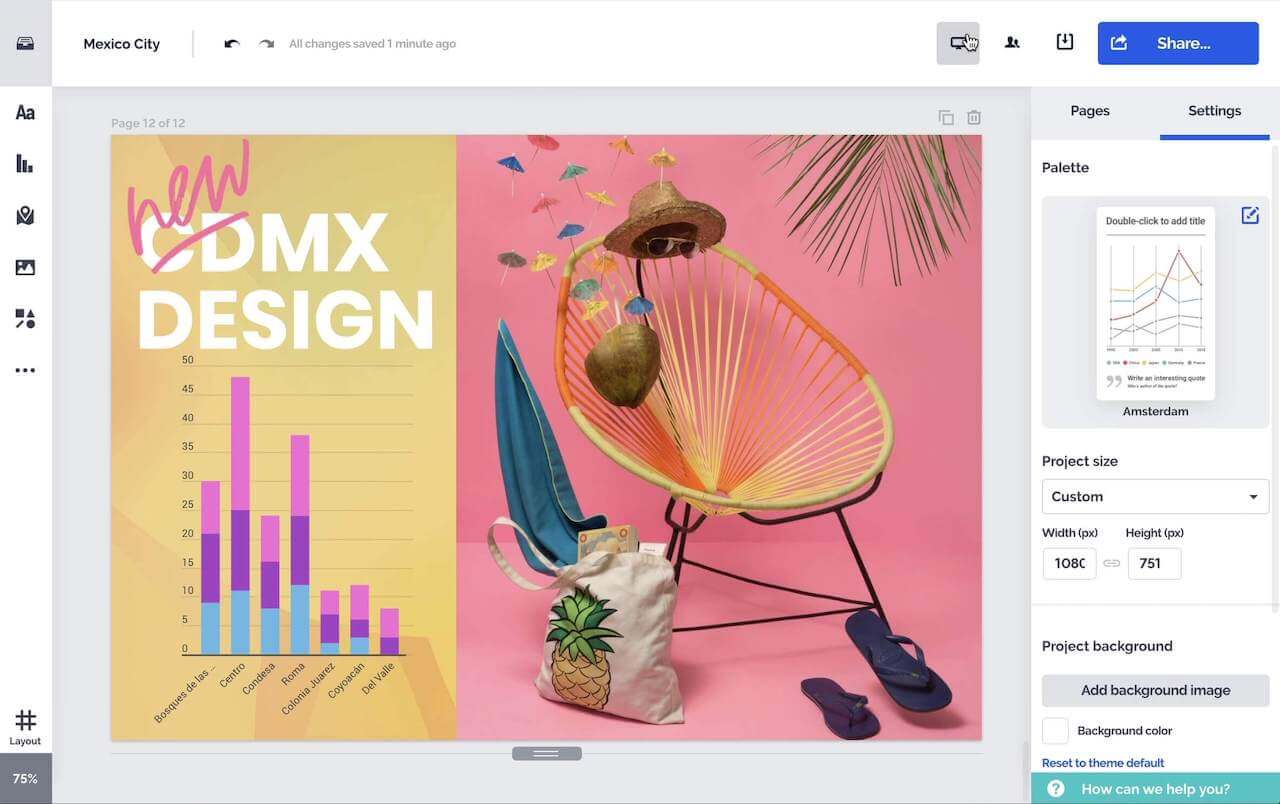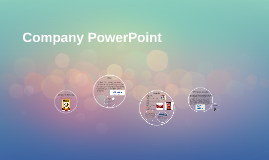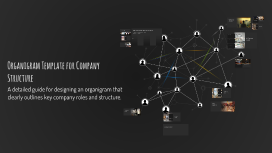Organigram Template for Company Structure
Transcript: Project Managers: Key Responsibilities Contract Management Contract Negotiation Contract management focuses on the administration of contracts post-signing. This role includes monitoring compliance, managing relationships, and ensuring that all terms are fulfilled. Effective contract management minimizes risks and enhances the value obtained from the agreements. Contract negotiation involves discussing terms and conditions with vendors and partners to secure favorable agreements. This role requires strong communication skills and the ability to understand legal implications, ensuring that the contracts align with the company's objectives and regulations. Employee Relations Management Project managers play a vital role in ensuring that projects are completed on time, within scope, and on budget. They coordinate resources, manage teams, and act as the primary point of contact for stakeholders, aligning project outcomes with the overall goals of the company. Employee relations involve creating a positive workplace environment, addressing employee concerns, and fostering strong relationships between staff and management. Recruitment Process Recruitment entails attracting, interviewing, and selecting qualified candidates to fill open positions, ensuring a diverse and skilled workforce. Overview of Human Resources Functions Employee Training and Development Training programs are designed to enhance employee skills, promote career development, and ensure that employees align with company goals and standards. Labor Law Compliance Compliance with labor laws is critical for maintaining legal standards, ensuring employee rights, and protecting the organization from legal issues. The Strategic Role of Presidents Billing, Accounts Receivable, and Accounts Payable Processes Presidents hold key responsibilities in shaping the company's vision and strategy, ensuring alignment with organizational goals. They also serve as the primary representatives of the company, engaging with stakeholders and promoting the company's brand and mission. Understanding the flow and significance of financial operations in the organization. Revenue Generation Identify Key Roles The sales department plays a critical role in driving the company's revenue growth by identifying potential customers and converting them into clients. They implement strategies to attract new customers while maintaining relationships with existing ones to ensure retention and satisfaction. Begin by listing the key roles within your organization, including the CEO, COO, Controller, Accounting staff, Sales team, Project Managers, HR personnel, Contracting staff, and Billing, Accounts Receivable, and Accounts Payable teams. Each role is critical to the organization’s function and should be clearly defined. Accounts Receivable Management Add Individual Names Guidelines for Completing the Organigram For each role, include names of individuals currently occupying those positions to personalize the organigram. Ensure that the structure reflects the actual reporting hierarchy within the company. Accounts Payable Processes Initial Setup Monitoring incoming payments, managing client accounts, and following up on overdue invoices. Organize Hierarchy Visually Utilize a clear and organized format to display the connections between roles, ensuring that the hierarchy is visually represented to facilitate understanding of reporting relationships and team dynamics. Market Analysis Handling payments to suppliers and vendors, ensuring that expenses are tracked and managed effectively. Establishing systems and protocols for billing, accounts receivable, and accounts payable to ensure accurate financial management. Sales Department Functions Ongoing Billing Processes Monthly Reconciliation Sales teams utilize various tools and techniques to analyze market trends, competitor activities, and customer preferences, allowing them to tailor their approach and improve sales efficiency. Regular invoicing and billing to clients, ensuring timely payments and maintaining cash flow. Conducting monthly reviews to reconcile billing and payment records, ensuring accuracy and compliance with financial standards. Summarizing Key Insights and Implementation Steps Team Motivation and Training The organigram serves as a vital tool for visualizing organizational structure, clarifying roles, and enhancing communication. To implement it effectively, identify key personnel for each role and ensure regular updates to reflect changes within the organization. The department focuses on setting sales targets and motivating team members through incentives and training, ensuring that the team remains driven and effective in achieving the company's goals. Role of Accounting Role of Controllers Accounting involves the systematic recording, reporting, and analysis of financial transactions. Accountants prepare financial statements, manage ledger entries, and ensure timely and accurate financial reporting to meet regulatory

















